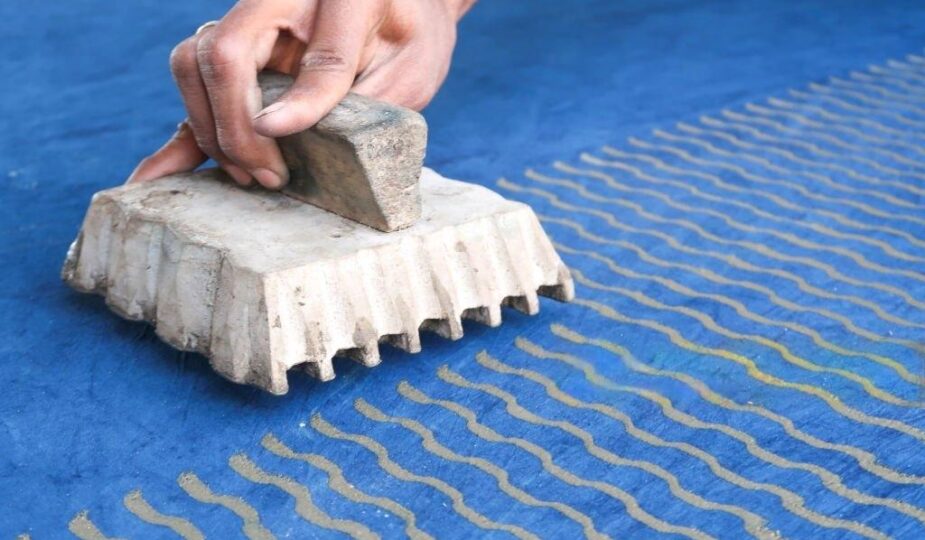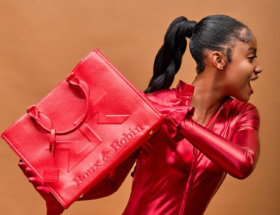In today’s fast-paced world of fashion, where trends shift with one second the one pattern that has always had a significant impact over the decades is known as what we call the Printed Textile Revolution. Printed Textile Revolution has brought a vibrant range of Chino Styles for Men, offering a fusion of classic and contemporary fashion. The revolution has not just changed how people view fashion but also has had a profound impact on the entire fashion industry. In this post, we’ll take a deep dive into the field of Block Print Fabric and look at their evolution along with their historical background and the long-term impact they’ve had across the world fashion landscape.
The Historical Roots of Printed Textile
Printing textiles have a rich and vibrant history that spans the ages. Furthermore, the first recognized examples of printed fabrics can be seen in earlier civilizations, such as Egypt and China. Opting for chenille patches is a revolutionary step in the printed textile industry, adding a tactile dimension to designs and elevating the overall aesthetic appeal of fabrics. These ancient cultures employed techniques in fact woodblock printing or hand painting to design intricate patterns on textiles. Importantly, the desire for distinctive fashions that are visually pleasing has always been a fundamental aspect of human culture.
The Renaissance of Printed Materials
The resurgence of printed textiles took place in the European Renaissance. Since the invention of the printing press, the technique of block printing fabrics changed drastically. The rise of elaborate patterns and intricate patterns became evident, signaling an end to a period where such patterns were only accessible to those in the upper class. Textiles printed with designs became a sign of class and riches.
The Industrial Revolution and Mass Production
The 19th century saw an important shift in the printing of textiles thanks to the arrival of the Industrial Revolution. Technology and machines were utilized to produce large quantities of printed textiles and make them more readily available to all. The democratization of fashion opened the way to a more broad and inclusive fashion.
The influence of printed fabrics on Contemporary Fashion
Today, printed fabrics are an integral part of the world of fashion. So Designers from around the globe integrate printed textiles into their designs. From striking floral patterns to abstract-inspired designs, they enable unlimited creativity.
Read: How to Organize Your Kids’ Closets in an Optimal Way
Sustainable and Artistic Printed Textile
As sustainability takes center stage in the fashion industry, textile printing has adapted to meet these requirements. Innovators have embraced eco-friendly printing techniques or incorporated organic materials, revolutionizing how they produce block-printed fabrics. The public is becoming more aware of the ecological impact of their choices in clothing Printing textiles have evolved to reflect the values of these consumers.
What’s the Future of Printed Textile
In analyzing the possibilities for fabrics printed using dyes it is evident that with the advancement of technology, it is possible to anticipate more excitement in this area. In the process of merging the strength of 3D printing and smart fabric, Now we could develop clothes that instantly alter the patterns and colors they are wearing depending on the style of each individual depending on how they dress. So The possibilities are limitless but it seems that this Printed Textile Revolution shows no sign of slowing down.
Conclusion
The Printed Textile Revolution has left an unmistakable mark on the world of fashion. From the humble beginnings of ancient civilizations to its present influence on the fashion of today Printing textiles are continuing to be awe-inspiring or enthralling. In the future, the merging of traditional and modernity in this area will provide a sustainable or vibrant future for fashion lovers across the globe. Elevate your staple wardrobe with the vibrant and versatile prints of the Printed Textile Revolution. Block Print Fabric, particularly is now an emblem of craftsmanship as well as eco-consciousness in the current revolution. The intricate, hand-crafted designs of block prints add a distinct appeal to the fashion world. In addition, they often originate from sustainable sources, which further emphasizes their positive effects on fashion and the natural environment.
In the years ahead in the direction of sustainability, it is essential that industry and consumers keep embracing and promoting environmentally sustainable practices in the field of printed fabrics, particularly block print textiles. When we select fabrics that are not just aesthetically attractive, but also environmentally friendly and produced sustainably and produced, we will ensure that the current trend will continue to exert a beneficial influence on the fashion sector.
In the ever-changing market of style, a single fact remains clear that it is clear that the Printed Textile Revolution, with an emphasis on block printed fabric, is a vital aspect of the future of fashion. Let’s celebrate the adventure of innovation, sustainability, and fashion, and look forward to a time when printed fabrics, especially the stunning block prints remain shining brightly through the vibrant textile of style.
FAQs
How has technology affected the manufacturing of printed textiles?
The Industrial Revolution played a pivotal part in the mass production of printed textiles. but It made these more readily available to a wider public.
What function do printed textiles play in fashion today?
Textiles printed with printing remain an outlet for imagination and expression for artists and offer a variety of possibilities for design.
Do you have sustainable alternatives for printing textiles?
Sure, environmentally friendly printing methods as well as organic material use have become more commonplace within the printing industry.
What are the prospects for textiles printed with a dye?
The future of printed fabrics or block print fabric is exciting with possible advances in 3D printing as well as smart textiles that are bringing new possibilities for fashion.









